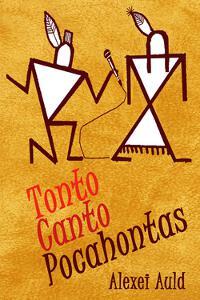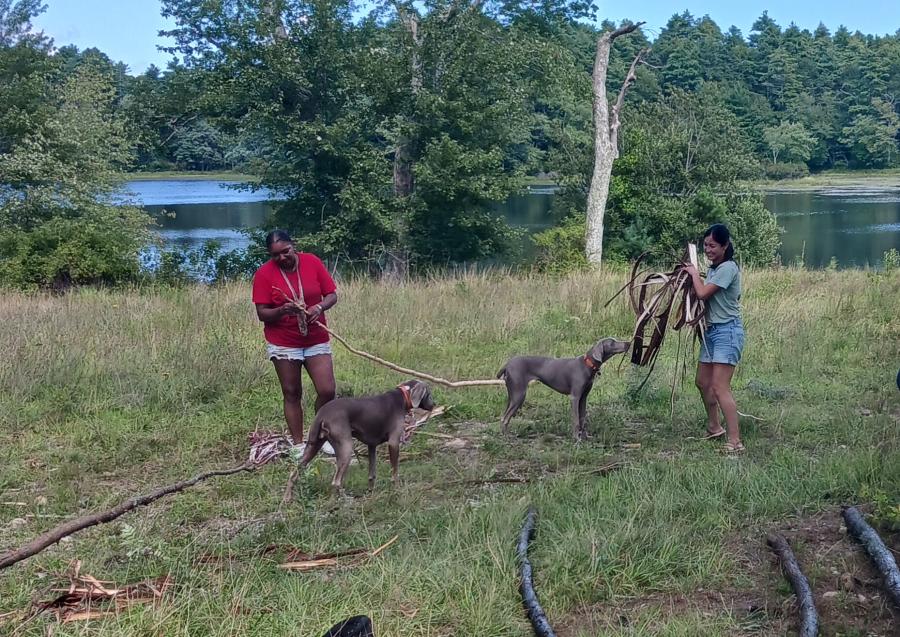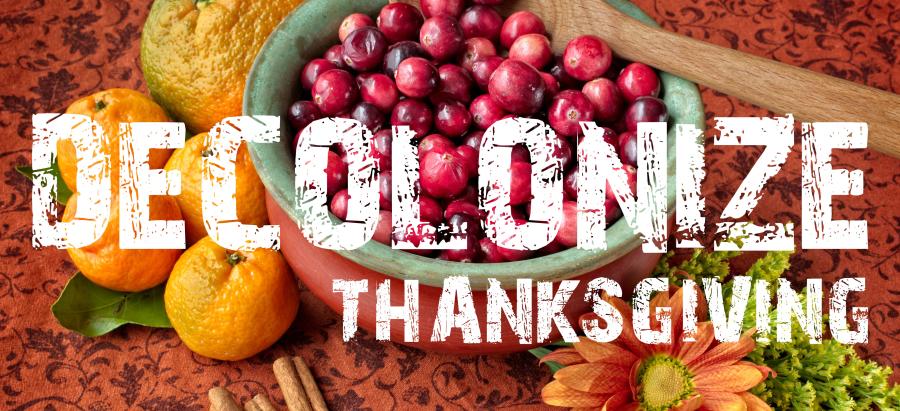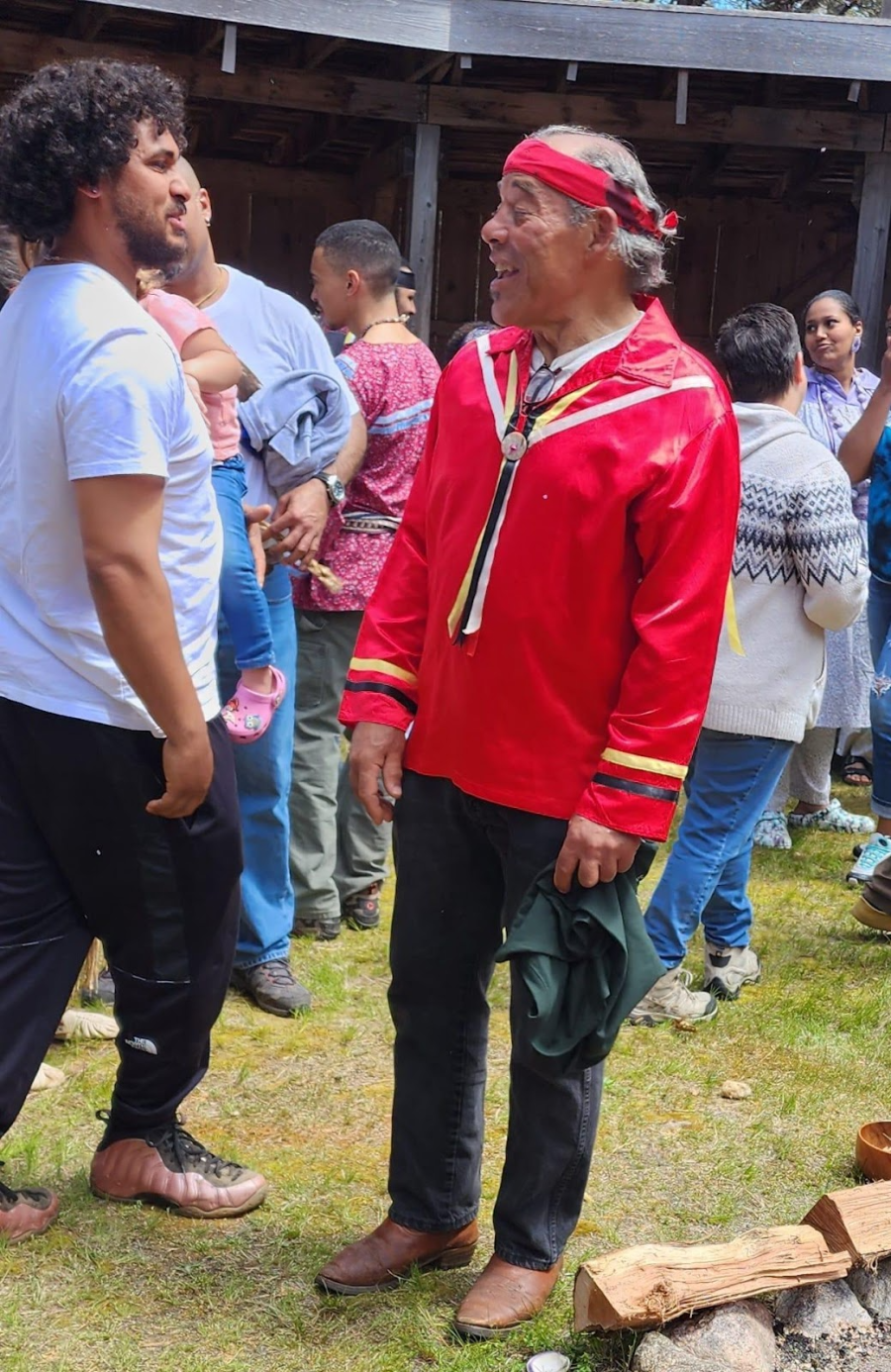
By Phoebe Farris
Tonto Canto Pocahontas. Tem Rose Publications. www.temrose.com 2013
Alexei Auld, an alum of Sundance’s Native Writing Workshop, read excerpts of his new novel, Tonto Canto Pocahontas, in November at Fondo del Sol Museum in Washington, DC. Surrounded by paintings and sculptures created by Indigenous artists, Alexei Auld held the multiethnic, multicultural audience spellbound with his humorous reading and insightful responses during the Q&A.
Taking place in New York City’s urban Indian community, the protagonist Crispy, is a Columbia University law student and officer in the university’s Native American student organization; a single guy looking for love and romance with an Indigenous woman. The main problem is that Crispy must be engaged in 30 days to an Indigenous woman (of any tribe) or face tribal expulsion. His Virginia-based fictionalized tribe needs to increase its’ population and maintain blood quantum levels to maintain their land base.
Native American readers familiar with the identity issues of reservation based vs. urban Indians, mixed-bloods vs. full bloods, mixed Indian and white peoples vs. mixed Indian and Black or Latino peoples, generational pulls, “authenticity”, balancing university education vs. tribal traditional wisdom, Indian nerds vs. cosmopolitan hipsters, and one of all humankind’s most basic urges—SEX, will laugh, cry, and reflect deeply on the outstanding way Alexei manages to encapsulate these identity driven themes.
Non-Native readers will get a refreshing exposure to contemporary urban Indian life—a life without tipis, wigwams, or hogans; without horses, wide open spaces, subsistence agriculture/fishing/hunting, chiefs, and tribal councils—but still a very Indian world. Crispy’s Indian world is composed of Native American families who were relocated from rural reservations to large cities during Federal urban renewal, individual Indians who migrated for better job opportunities, mixed Indians who do not meet tribal enrollment requirements, and Indians whose ancestors lost their tribal lands due to treaty violations.
In a post-reading interview I posed the following questions to Alexei Auld.
Phobe Farris: Alexei, in your recent reading at Fondo del Sol Museum you mentioned several writers and artists that influenced you. A writer that came to my mind but that you did not mention is Sherman Alexie. In my opinion his irreverent humor about a west coast rez and its’ young people has a lot of similarities with your novel. What I like about your characters is that they are urban mixed bloods from the east coast who are definitely living a 21st century city life but grappling with tradition and visits to their reservations. We urban Natives, especially from the east coast are often overlooked. Do you see any similarities in your humor and that of Sherman Alexie? Do you think it is somewhat ironic that your names are silimar?
Alexei Auld: It was an Oscar moment. Like forgetting to mention your mama. I love Sherman Alexie. So much so, I considered changing my name to Alexie Alexei. But it’d sound like the bastard child of Flavor Flav and Mister Mister. So I didn’t. Maybe the similarities in our name is some cosmic joke. My style is more like Sherman Alexie and Junot Diaz enjoying Frappacinos at Starbucks, when Charles Bukowski drunkenly stumbles to their table to pontificate on their barista. They kinda don’t want to engage him, but who could refuse Chuck?
PF: Can you please give our readers a brief history of your writing career starting from the play that you co-wrote with your brother and fellow lawyer, Kiros Auld? Fill us in on your experiences with Sundance.
AA: I come from a family of thirty artists. And was the black sheep that went to law school. I still wrote throughout that time. I took a screenplay writing class after graduating and became obsessed with writing. Literally. I’d come home from work at 9:00 pm. Write. Sleep at 3:00 am. Get up a half-hour later with an idea that woke me up and start writing until I had to get ready for work.
My first screenplay, MOVING PICKS (which became Tonto Canto Pocahontas), was about a guy who thought he was in love with a woman, only to discover he was in love with a preconceived notion of her. Something I was totally guilty of and embarrassed to realize. The protagonist tried to awaken the indigenousness of his love interest. Sundance selected it for inclusion in a Native Writing Workshop. I had great mentors who gave me incredible insight into writing and the film industry. They challenged me to transform my work into more than just propaganda. I didn’t realize at the time how right they were. My agenda (a sappy story of Native love) was an obstacle to getting down to the nitty gritty:
Investigating what is Native love vs. a Native fetish. I had to experience life before I could peel back the layers.
So I moved on to other projects and had fun experimenting with different themes.
But I always came back to MOVING PICKS.
I felt constrained by six figure law school debt. Didn’t feel comfortable hitting people up for money to fund a film. One writer told me I’d have to work at 7-11 with the hope of serving chili cheese nachos to some random dude who’d hook me up with a gig. It didn’t sit right with me. Ten years seemed too long to take a script to screen, so after realizing I was on the wrong coast for film, I took thirteen years to take a script to manuscript.
Enter Tonto Canto Pocahontas.
The work with my brother was HORRORVATION. A horror screenplay on the Rez. Post-apocalyptic, since instead of a zombie invasion, Indians faced a European invasion. In HORRORVATION we deal with a tribe that cannibalizes itself to increase the remaining members share of precious government funds and academic tourism. During this time an ancient evil is released from the bowels of the Rez. And is out for revenge. It’s a real hoot.
PF: In Tonto Canto Pocahontas, the character Crispy has Indian roots in Virginia and the book’s title includes a famous Powhatan woman. But the main character’s tribe is Croatan. I know it is a work of fiction but the historical Croatans are from North Carolina and now many of their descendants self- identify as Lumbee. As you know there was controversy about these mixed families who were considered descendants from Sir Walter Raleigh’s expedition and its’ colonists’s intermarriage with Indians from what is now North Carolina. Why did you choose them for your fictionalized tribe? Do you expect any reaction from present day Lumbees? How do you think Indians from the various Powhatan tribes in Virgina will react to the book and the use of the name Pocahontas in the title? Have you reached out to that 20-30 year old VA Indian population as potential readers?
AA: I didn’t know that. Sorry, Lumbees! You’d think I’d know better since I was a member of South Broadway Baptist Church in Baltimore. A Lumbee church. And was baptized in the river by a Lumbee minister. Maybe I missed that sermon?
Never the less, I hope that the reaction from Lumbees is the same as anyone reading the book: a good one. Seems like there’s a book with Pocahontas in it every year. I hope Powhatan tribal descendants living in urban areas will be proud.
I haven’t reached out to any particular demographic, but hope my book spreads like bird flu. A nicer, joyful, inspiring bird flu for which there is no cure.
PF: As a follow up to that question what is your touring schedule? I imagine that members of the American Indian Community House in NY would love to have a reading. In many ways their lives are like the urban Indian college students in your book, especially members involved with their art and theater programs. Have you checked out Bus Boys and Poets in DC, Maryland, and Virginia?
AA: We’re eschewing the traditional touring model. Instead, we’re engaging in speaking engagements and community-based gatherings. Organizations, community based groups, and booksellers can hit me up at: www.alexeiauld.com so we can create magic.
PF: Please explain how you function as a lawyer and creative writer. Not many people do both.
AA: Most of my friends from law school are creatives as well. There are more than you’d think. The late Kellis Parker, my law school mentor, was a brother of the legendary Maceo Parker. He encouraged my writing and suggested I drop out of law school to pursue more creative and academic pursuits. But as a member of an artistic family I’ve seen first-hand how to do your art and pay the bills. My creative orientation has been an asset. It helps me problem solve. Think out of the box. I enjoy great relationships with clients given my understanding of creative professionals. I communicate complex legal issues to my clients in a manner that inspires creative problem solving.
Besides, being a lawyer is more creative than you think. Drafting a contract is like creating a story: You start with a concept which needs form and substance. If you just write some random words together, you’re dead. Your writing has to specifically tell the story you want. A contract, like creative writing, can be corrupted by poor word choice, misplaced pronunciation, too little or too much detail. And can be rewritten to death.
PF: I stand corrected! Will there be a sequel to the book? Since it ends while Crispy is still in Columbia Law (your alma mater) do you envision a novel with a character like yourself who graduates, is married and now works as a lawyer?
AA: I have a prequel with Crispy’s brother Opie called Things I Prefer to be Forgotten. It will be released in 2014. You see Opie’s journey from mama’s boy to a salacious crumb. A sequel to Tonto Canto is possible.
PF: In real life you are married to an indigenous woman (Mexican). In your novel which you insist is not autobiographical the character is on a mad chase for an indigenous woman to marry for tribal enrollment reasons. The search for an indigenous spouse is something that many of us deal with. In real life you have a happy ending. Will Crispy stay with his girlfriend who is a kind, social justice committed individual?
AA: My wife is of indigenous descent, like most Mexicans. I didn’t meet her on some mad chase for an Indigenous woman. Unlike Crispy, I enjoyed record breaking success dating online (Match.com, Friendster, and eHarmony were so good to me), I met her the old fashioned way: a friend introduced us. I didn’t know what her ethnicity was. I just knew whatever it was, it looked too damn good for me to pass up. That being said, we’re still alive, so it’s too soon to say there’s a happy ending! I’m hoping for one!
PF: For full disclosure, which is a big deal now in journalism, I am your second cousin. I laughed so much reading the book because it reminded me of family drama, similar friends with urban mixed backgrounds, internalized racism in our extended family and other families like ours, etc. etc. There is a real audience for a book like this, for indigenous readers who do not speak their traditional language, who may or may not have tribal cards, for people who have relatives on reservations and in the suburbs and large cities, for Indians who are part Black or Latino and try to fit into all their identities, but mostly for people who are deeply committed to social justice and acceptance of all humanity but have problems practicing that in an indigenous world that still has to deal with blood quantum to maintain tribal lands. Racial mixing and Indigenous sovereignty are complex issues with no “right” answers. How were you able to confront these topics in such a humorous way? Do you think that sometime in the near future the inner demons that Crispy and his friends/family have will be resolved for indigenous people in the USA?
AA: I am glad the book resonated with you. Sometimes things are too close to home to enjoy. Depends on whether one is looking for escapism, or just for validation of how messed up things are. It’s like why I found value in the Jerry Springer show back in the day. People could see that no matter how messed up their family was, even crazier families existed. And watching the craziness made you feel better about your own situation.
I have always had gallows humor. Life is so ridiculous, you can either be mad at the world, or just laugh at how insane it is.
PF: Lastly, is there anything you would like to tell our readers about the book’s message and your hopes for its’ acceptance?
AA: My book celebrates Indigenous diversity. We should never aspire to be a clone of anyone. Nor should anyone be a slave to another’s notion of being Indigenous. Whether you wear buckskin, Louboutins, have long or short hair, you still have the DNA. You still are the child of your ancestors. Nothing you do, say, or wear changes that. Your choice of mate or lack thereof does not change that. There should be a place at the table for everyone. I hope Indigenous individuals struggling to find validation realize that the fact that they are still here is the greatest victory of all. Despite all the horrors our ancestors experienced, and what some of us experience to this day, we are still here. And that’s what our ancestors probably wanted. As a parent, that’s all I want for my children. Life. And enjoyment of it. If people don’t want to accept those messages, it’s their right to be wrong. But still, their right. And the stuff therapists dream of. As for me? I have bigger dreams. And I’m moving forward for the future.
— Phoebe Farris, Ph.D. (Powhatan-Renape) is contributing arts editor for the CSQ. She is a professor emerita of Purdue University and the vice president for membership of the Washington D.C. branch of American Association of University Women.



